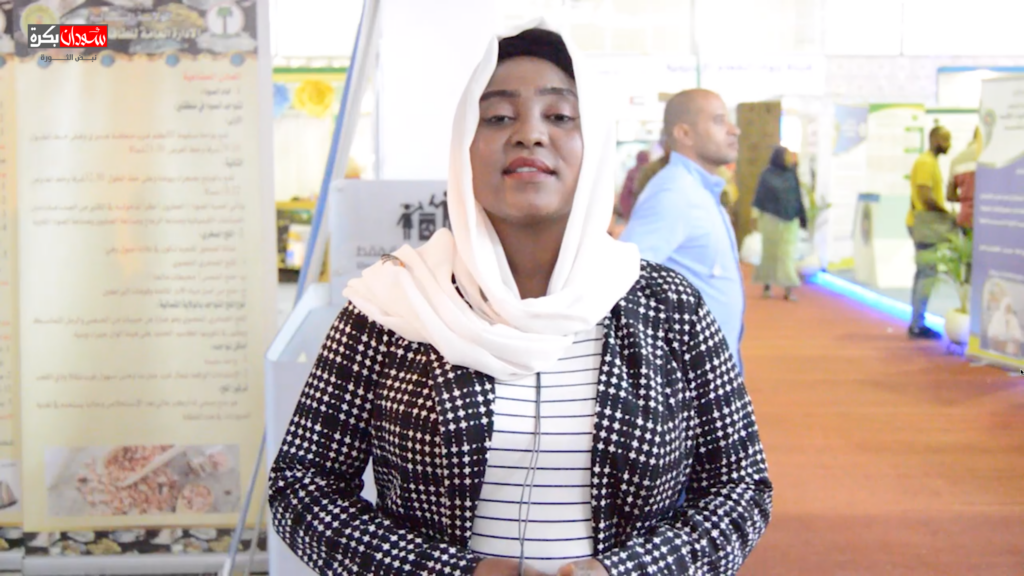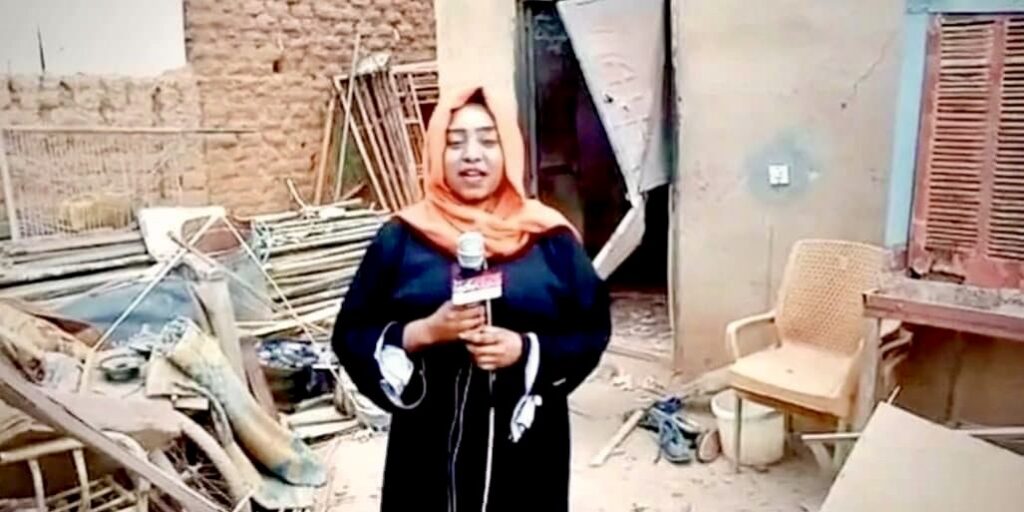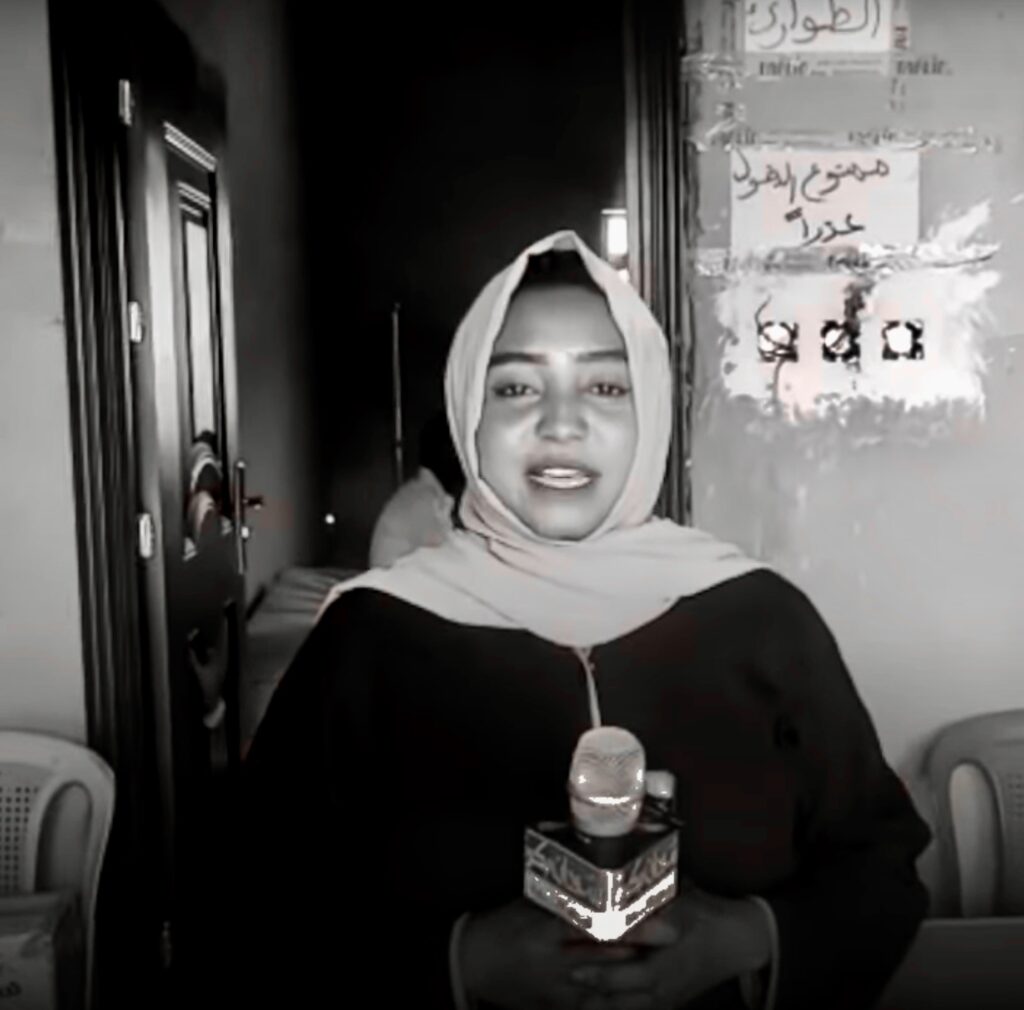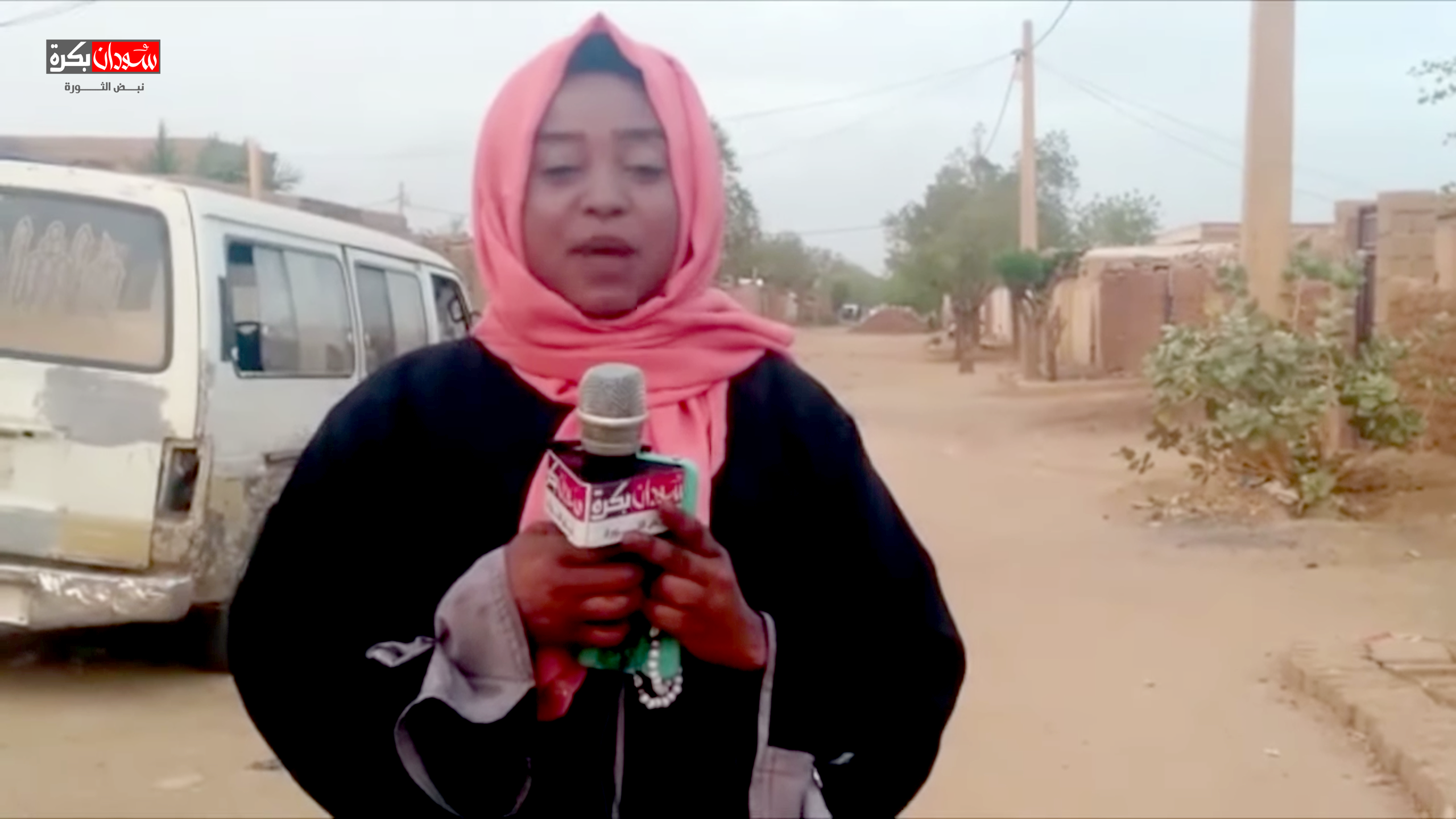“She refused to leave” – the tragic death of journalist Halima Idris
21 October 2023
Her mother had a bad feeling. The sounds of cannons and clashes were nearby and she did not want her daughter, a 29-year-old journalist, to risk her life covering events in Omdurman, Sudan’s sister capital city. But Halima Idris routinely ventured out of her home to cover events in Sudan’s warzone, according to her colleagues at the independent broadcaster Sudan Bukra (“Sudan Tomorrow”), and just reassured her mother before heading out to work.

On that day, 10 October, a vehicle belonging to the paramilitary Rapid Support Forces, ran over Halima Idris and her friend as they left reporting on the health conditions at the emergency wing of a hospital in Umbada, Omdurman. When Halima and her friend crossed the first barrier on the main street at the “Al-Shabab” intersection in the “Umbada Karur” neighborhood in Omdurman, the Rapid Support Forces (RSF) drove at incredible speed, hitting the two women. Halima died from multiple fractures while her friend survived, according to family members. “During its insane speed, the Rapid Support Forces vehicle turned upside down, hitting the dirt barrier on the side of the road,” one of Halima’s family members told Ayin. “We were shocked when her body was brought home,” he added, “we were unable to take any legal action since this area is under the control of the Rapid Support Forces.”
Halima was buried in the cemetery of Al-Harah 52 in the Umbada area on the evening of the same day. They were unable to transfer her to the Hamad Al-Nil cemetery located near the neighborhood where her family lives because it is under siege and attacks by the Rapid Support Forces and the deployment of snipers.
For over six months, a war of domination between Sudan’s army and the paramilitary Rapid Support Forces (RSF) has taken place. Journalists among other civilians have been particularly targeted. Since the war began in mid-April, three journalists have died; while others have been displaced and dispossessed from the conflict. According to the Sudan Journalists Syndicate, over 20 FM stations, five television stations, and 15 newspapers have been compelled to close.

A committed reporter
Halima joined the independent broadcaster Sudan Bukra in November last year, the station’s head of production, Moneim Ibrahim, told Ayin. The young reporter was known for covering the Umbada area of Omdurman, where she grew up, filing reports from different areas of the city, he added. Halima covered the activities of the youth-driven voluntary networks that provided emergency medical support to civilians affected by the conflict. “Halima did not rest during the long months of war in the Sudanese capital,” a family member told Ayin. “She focused on covering events, humanitarian conditions, and the health system. She created good relationships with workers in the medical and humanitarian fields thanks to her convivial personality.”
According to a statement from the independent Sudanese station, Halima and all Sudan Tomorrow reporters were compelled to flee the capital once the shelling intensified, but, after a short period residing in a safer location within the country, she decided to return to Omdurman to continue her coverage. “Halima was a brave journalist; she was the only one of the Sudan Bukra reporters who remained after their evacuation and displacement,” Ibrahim added. “Her first concern was the homeland,” says journalist Abbas al-Khair. “She was able to reach areas that were impossible to reach [including] Bashaer Hospital where she took exclusive testimonies from the victims’ families.”
“We are shocked by the brutal killing of journalist Halima Idris Salim in Omdurman, Sudan, and stand in solidarity with her family and colleagues at Sudan Bukra,” said Sherif Mansour, a press freedom advocate for the New York-based Committee to Protect Journalists. “It is deeply troubling that a journalist was killed during her coverage of the armed conflict in her hometown.”

The plight of Sudan’s press
Three journalists have died in Sudan since the conflict started –two of them women, according to the journalists’ syndicate. In early August, the RSF shot a photographer for the national broadcaster, Ossam Marjan, in the restive Beit al-Maal area of Omdurman. Heavy clashes between the warring parties were taking place and the RSF ordered all residents to leave the area – when Ossam questioned the directive, he was shot on the spot, a syndicate representative told Ayin. On 3 June, a reporter for the state radio in Central Darfur, Samahir Abdi-Shafee, died at home during an attack between the army and RSF near Hassa-Hissa Camp for the internally displaced. Samahir was compelled to escape fighting in Zalingei town and had recently relocated to the camp.
With severe blackouts and areas completely cut off from telecommunications, the number of killed journalists in Sudan may be higher, the union representative said. The RSF arrested journalist Abdul Rahman Warab over two months ago and family members still do not know where he is located, the syndicate reported. On 23 September, RSF detained Al-Ghad TV broadcast reporter Mohamed Ibrahim Al-Hajj from his home in al-Gereif, west Khartoum. The Syndicate is still unaware of his whereabouts or condition.

“Since the start of the war, Sudanese journalists, male and female, have been working in a dangerous environment –exposed to violations from both sides of the conflict, and in violation of international humanitarian law,” the head of the union, Abdul Moneim Abu Idris, told Ayin. The targeting of journalists has compelled many to leave the conflict areas — leaving an absence of credible information in critical areas of the country, he added.
Sudan Bukra has lost a close friend and a vital information source for the capital area, says Sudan Bukra co-founder, Mutwakil Abdul Mageid. “She was a very courageous individual who saw no limitations – a true representative of citizen journalism. Halima was like a bumblebee –she seemingly defied natural law and managed to fly against the odds.”


